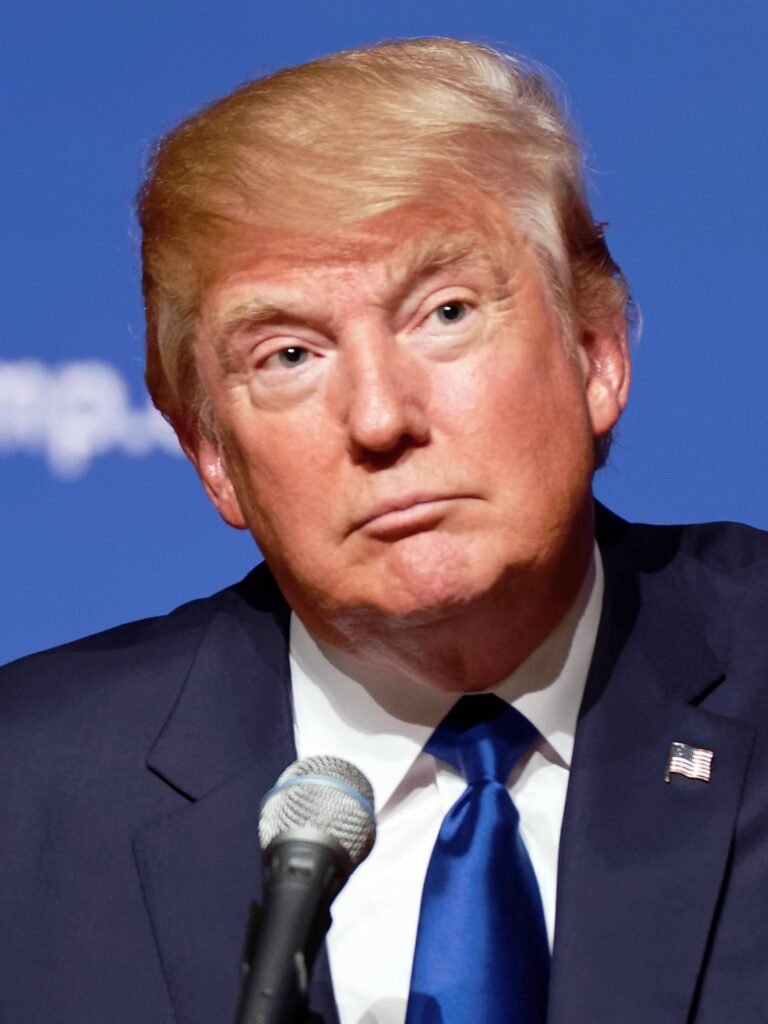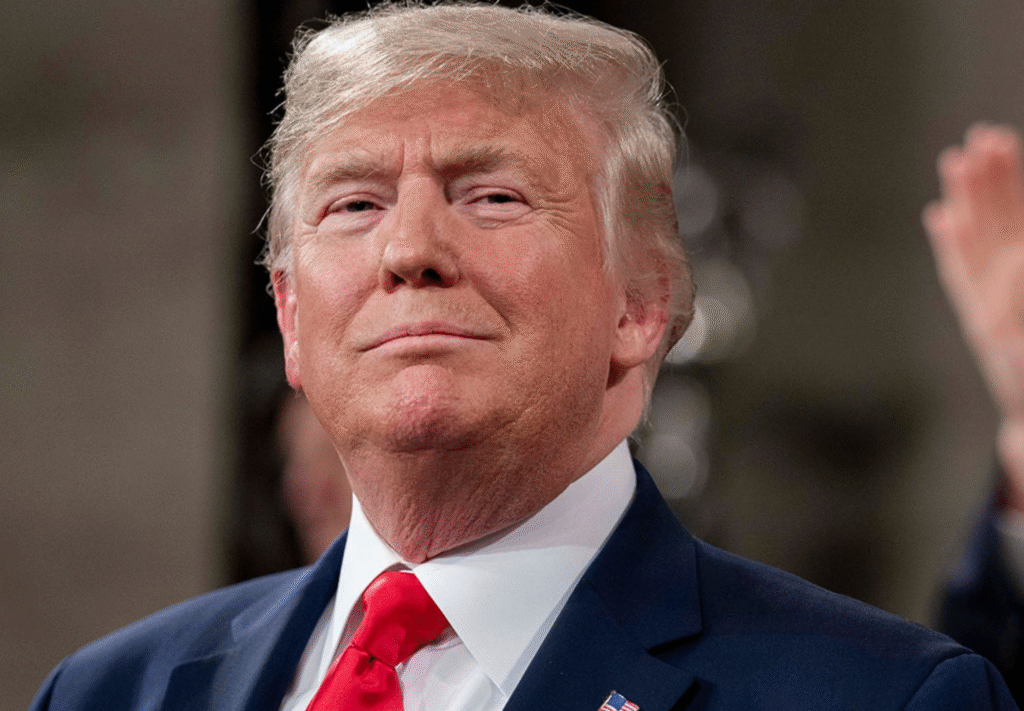World News
This week in AI: Experiments, retirements, and extinction events on August 5, 2023 at 2:02 pm

Keeping up with an industry as fast-moving as AI is a tall order. So until an AI can do it for you, here’s a handy roundup of the last week’s stories in the world of machine learning, along with notable research and experiments we didn’t cover on their own.
YouTube has begun experimenting with AI-generated summaries for videos on the watch and search pages, though only for a limited number of English-language videos and viewers.
Certainly, the summaries could be useful for discovery — and accessibility. Not every video creator can be bothered to write a description. But I worry about the potential for mistakes and biases embedded by the AI.
Even the best AI models today tend to “hallucinate.” OpenAI freely admits that its latest text-generating-and-summarizing model, GPT-4, makes major errors in reasoning and invents “facts.” Patrick Hymel, an entrepreneur in the health tech industry, wrote about the ways in which GPT-4 makes up references, facts and figures without any identifiable link to real sources. And Fast Company tested ChatGPT’s ability to summarize articles, finding it… quite bad.
One can imagine AI-generated video summaries going off the deep end, given the added challenge of analyzing the content contained within the videos. It’s tough to evaluate the quality of YouTube’s AI-generated summaries. But it’s well established that AI isn’t all that great at summarizing text content.
YouTube subtly acknowledges that AI-generated descriptions are no substitute for the real thing. On the support page, it writes: “While we hope these summaries are helpful and give you a quick overview of what a video is about, they do not replace video descriptions (which are written by creators!).”
Here’s hoping the platform doesn’t roll out the feature too hastily. But considering Google’s half-baked AI product launches lately (see its attempt at a ChatGPT rival, Bard), I’m not too confident.
Here are some other AI stories of note from the past few days:
Dario Amodei is coming to Disrupt: We’ll be interviewing the Anthropic co-founder about what it’s like to have so much money. And AI stuff too.
Google Search gains new AI features: Google is adding contextual images and videos to its AI-powered Search Generative Experiment, the generative AI-powered search feature announced at May’s I/O conference. With the updates, SGE now shows images or videos related to the search query. The company also reportedly is pivoting its Assistant project to a Bard-like generative AI.
Microsoft kills Cortana: Echoing the events of the Halo series of games from which the name was plucked, Cortana has been destroyed. Fortunately this was not a rogue general AI but an also-ran digital assistant whose time had come.
Meta embraces generative AI music: Meta this week announced AudioCraft, a framework to generate what it describes as “high-quality,” “realistic” audio and music from short text descriptions, or prompts.
Google pulls AI Test Kitchen: Google has pulled its AI Test Kitchen app from the Play Store and the App Store to focus solely on the web platform. The company launched the AI Test Kitchen experience last year to let users interact with projects powered by different AI models such as LaMDA 2.
Robots learn from small amounts of data: On the subject of Google, DeepMind, the tech giant’s AI-focused research lab, has developed a system that it claims allows robots to effectively transfer concepts learned on relatively small data sets to different scenarios.
Kickstarter enacts new rules around generative AI: Kickstarter this week announced that projects on its platform using AI tools to generate content will be required to disclose how the project owner plans to use the AI content in their work. In addition, Kickstarter is mandating that new projects involving the development of AI tech detail info about the sources of training data the project owner intends to use.
China cracks down on generative AI: Multiple generative AI apps have been removed from Apple’s China App Store this week, thanks to new rules that’ll require AI apps operating in China to obtain an administrative license.
Stable Diffusion releases new model: Stability AI launched Stable Diffusion XL 1.0, a text-to-image model that the company describes as its “most advanced” release to date. Stability claims that the model’s images are “more vibrant” and “accurate” colors and have better contrast, shadows and lighting compared to artwork from its predecessor.
The future of AI is video: Or at least a big part of the generative AI business is, as Haje has it.
AI.com has switched from OpenAI to X.ai: It’s extremely unclear whether it was sold, rented, or is part of some kind of ongoing scheme, but the coveted two-letter domain (likely worth $5-10 million) now points to Elon Musk’s X.ai research outfit rather than the ChatGPT interface.
Other machine learnings
AI is working its way into countless scientific domains, as I have occasion to document here regularly, but you could be forgiven for not being able to list more than a few specific applications offhand. This literature review at Nature is as comprehensive an accounting of areas and methods where AI is taking effect as you’re likely to find anywhere, as well as the advances that have made them possible. Unfortunately it’s paywalled, but you can probably find a way to get a copy.
A deeper dive into the potential for AI to improve the global fight against infectious diseases can be found here at Science, and a few takeaways at UPenn’s summary. One interesting part is that models built to predict drug interactions could also help “unravel intricate interactions between infectious organisms and the host immune system.” Disease pathology can be ridiculously complicated so epidemiologists and doctors will probably take any help they can get.
Asteroid spotted, ma’am.
Another interesting example, with the caveat that not every algorithm should be called AI, is this multi-institutional work algorithmically identifying “potentially hazardous” asteroids. Sky surveys generate a ton of data and sorting through it for faint signals like asteroids’ is tough work that’s highly susceptible to automation. The 600-foot 2022 SF289 was found during a test of the algorithm on ATLAS data. “This is just a small taste of what to expect with the Rubin Observatory in less than two years, when HelioLinc3D will be discovering an object like this every night,” said UW’s Mario Jurić. Can’t wait!
A sort of halo around the AI research world is research being done on AI — how it works and why. Usually these studies are pretty difficult for non-experts to parse, and this one from ETHZ researchers is no exception. But lead author Johannes von Oswald also did an interview explaining some of the concepts in plain English. It’s worth a read if you’re curious about the “learning” process that happens inside models like ChatGPT.
Improving the learning process is also important, and as these Duke researchers find, the answer is not always “more data.” In fact, more data can hinder a machine learning model, said Duke professor Daniel Reker: “It’s like if you trained an algorithm to distinguish pictures of dogs and cats, but you gave it one billion photos of dogs to learn from and only one hundred photos of cats. The algorithm will get so good at identifying dogs that everything will start to look like a dog, and it will forget everything else in the world.” Their approach used an “active learning” technique that identified such weaknesses in the dataset, and proved more effective while using just 1/10 of the data.
A University College London study found that people were only able to discern real from synthetic speech 73 percent of the time, in both English and Mandarin. Probably we’ll all get better at this, but in the near term the tech will probably outstrip our ability to detect it. Stay frosty out there.
Keeping up with an industry as fast-moving as AI is a tall order. So until an AI can do it for you, here’s a handy roundup of the last week’s stories in the world of machine learning, along with notable research and experiments we didn’t cover on their own. YouTube has begun experimenting with AI-generated summaries for
News
US May Completely Cut Income Tax Due to Tariff Revenue

President Donald Trump says the United States might one day get rid of federal income tax because of money the government collects from tariffs on imported goods. Tariffs are extra taxes the U.S. puts on products that come from other countries.

What Trump Is Saying
Trump has said that tariff money could become so large that it might allow the government to cut income taxes “almost completely.” He has also talked about possibly phasing out income tax over the next few years if tariff money keeps going up.
How Taxes Work Now
Right now, the federal government gets much more money from income taxes than from tariffs. Income taxes bring in trillions of dollars each year, while tariffs bring in only a small part of that total. Because of this gap, experts say tariffs would need to grow by many times to replace income tax money.
Questions From Experts
Many economists and tax experts doubt that tariffs alone could pay for the whole federal budget. They warn that very high tariffs could make many imported goods more expensive for shoppers in the United States. This could hit lower- and middle‑income families hardest, because they spend a big share of their money on everyday items.
What Congress Must Do
The president can change some tariffs, but only Congress can change or end the federal income tax. That means any real plan to remove income tax would need new laws passed by both the House of Representatives and the Senate. So far, there is no detailed law or full budget plan on this idea.

What It Means Right Now
For now, Trump’s comments are a proposal, not a change in the law. People and businesses still have to pay federal income tax under the current rules. The debate over using tariffs instead of income taxes is likely to continue among lawmakers, experts, and voters.
News
Epstein Files to Be Declassified After Trump Order

Former President Donald Trump has signed an executive order directing federal agencies to declassify all government files related to Jeffrey Epstein, the disgraced financier whose death in 2019 continues to fuel controversy and speculation.
The order, signed Wednesday at Trump’s Mar-a-Lago estate, instructs the FBI, Department of Justice, and intelligence agencies to release documents detailing Epstein’s network, finances, and alleged connections to high-profile figures. Trump described the move as “a step toward transparency and public trust,” promising that no names would be shielded from scrutiny.
“This information belongs to the American people,” Trump said in a televised statement. “For too long, powerful interests have tried to bury the truth. That ends now.”
U.S. intelligence officials confirmed that preparations for the release are already underway. According to sources familiar with the process, the first batch of documents is expected to be made public within the next 30 days, with additional releases scheduled over several months.
Reactions poured in across the political spectrum. Supporters praised the decision as a bold act of accountability, while critics alleged it was politically motivated, timed to draw attention during a volatile election season. Civil rights advocates, meanwhile, emphasized caution, warning that some records could expose private victims or ongoing legal matters.
The Epstein case, which implicated figures in politics, business, and entertainment, remains one of the most talked-about scandals of the past decade. Epstein’s connections to influential individuals—including politicians, royals, and executives—have long sparked speculation about the extent of his operations and who may have been involved.

Former federal prosecutor Lauren Fields said the release could mark a turning point in public discourse surrounding government transparency. “Regardless of political stance, this declassification has the potential to reshape how Americans view power and accountability,” Fields noted.
Officials say redactions may still occur to protect sensitive intelligence or personal information, but the intent is a near-complete disclosure. For years, critics of the government’s handling of Epstein’s case have accused agencies of concealing evidence or shielding elites from exposure. Trump’s order promises to change that narrative.
As anticipation builds, journalists, legal analysts, and online commentators are preparing for what could be one of the most consequential information releases in recent history.
Politics
Netanyahu’s UN Speech Triggers Diplomatic Walkouts and Mass Protests

What Happened at the United Nations
On Friday, Israeli Prime Minister Benjamin Netanyahu addressed the United Nations General Assembly in New York City, defending Israel’s ongoing military operations in Gaza. As he spoke, more than 100 delegates from over 50 countries stood up and left the chamber—a rare and significant diplomatic walkout. Outside the UN, thousands of protesters gathered to voice opposition to Netanyahu’s policies and call for accountability, including some who labeled him a war criminal. The protest included activists from Palestinian and Jewish groups, along with international allies.

Why Did Delegates and Protesters Walk Out?
The walkouts and protests were a response to Israel’s continued offensive in Gaza, which has resulted in widespread destruction and a significant humanitarian crisis. Many countries and individuals have accused Israel of excessive use of force, and some international prosecutors have suggested Netanyahu should face investigation by the International Criminal Court for war crimes, including claims that starvation was used as a weapon against civilians. At the same time, a record number of nations—over 150—recently recognized the State of Palestine, leaving the United States as the only permanent UN Security Council member not to join them.
International Reaction and Significance
The diplomatic walkouts and street protests demonstrate increasing global concern over the situation in Gaza and growing support for Palestinian statehood. Several world leaders, including Colombia’s President Gustavo Petro, showed visible solidarity with protesters. Petro called for international intervention and, controversially, for US troops not to follow orders he viewed as supporting ongoing conflict. The US later revoked Petro’s visa over his role in the protests, which he argued was evidence of a declining respect for international law.

Why Is This News Important?
The Gaza conflict is one of the world’s most contentious and closely-watched issues. It has drawn strong feelings and differing opinions from governments, activists, and ordinary people worldwide. The United Nations, as an international organization focused on peace and human rights, is a key arena for these debates. The events surrounding Netanyahu’s speech show that many nations and voices are urging new action—from recognition of Palestinian rights to calls for sanctions against Israel—while discussion and disagreement over the best path forward continue.
This episode at the UN highlights how international diplomacy, public protests, and official policy are all intersecting in real time as the search for solutions to the Israeli-Palestinian conflict remains urgent and unresolved.

 Entertainment4 days ago
Entertainment4 days agoWicked Sequel Disappoints Fans: Audience Verdict on For Good

 Entertainment3 weeks ago
Entertainment3 weeks agoAfter Party: Festival Winner for Best Romantic Short

 News3 weeks ago
News3 weeks agoCamp Wackapoo – Rise of Glog Takes Center Stage

 Entertainment3 weeks ago
Entertainment3 weeks agoFrancisco Ramos Takes Top Mockumentary Award at Houston Comedy Film Festival

 News2 weeks ago
News2 weeks agoYolanda Adams Questions Traditional Views on God’s Gender, Audience Reacts

 Politics3 weeks ago
Politics3 weeks agoTrump’s $2,000 Tariff Dividend Plan: Who Gets Paid?

 Politics4 weeks ago
Politics4 weeks agoMamdani’s Victory Triggers Nationwide Concern Over New York’s Future

 Film Production3 weeks ago
Film Production3 weeks agoWhy China’s 2-Minute Micro Dramas Are Poised To Take Over The U.S.



























